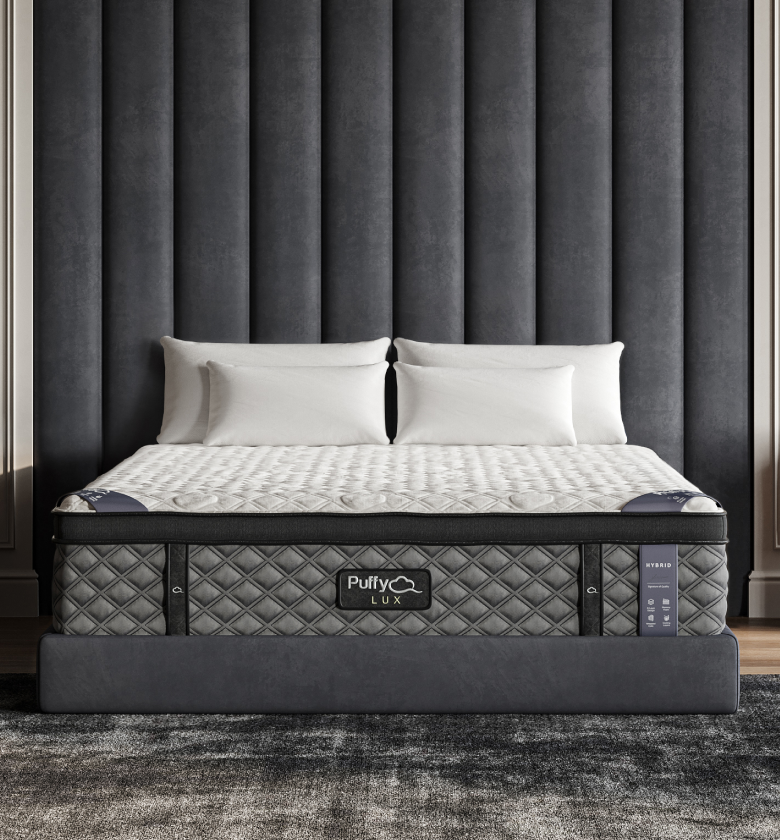Key Takeaways
- Learn how to wash synthetic pillows safely to maintain their shape and longevity.
- Understand if and when synthetic pillows can be machine washed.
- Follow step-by-step instructions on how to wash synthetic pillows at home.
- Discover best practices for drying, fluffing, and ongoing care.
Synthetic pillows are a go-to in many households because they’re soft, supportive, and wallet-friendly.
Whether you use them in your bedroom, your kid’s bunk, or even the dog’s bed nook, they can hold onto dust, sweat, and allergens if not cleaned regularly.
If you’re wondering how to wash synthetic pillows the right way, this blog is your all-in-one guide to keeping them fresh without flattening their fill.
Can You Wash Synthetic Pillows?
Yes, you can wash synthetic pillows! In fact, most are designed to be washed easily at home. The trick is choosing the right settings and following a few simple care rules.
Why It Matters:
-
Extends pillow life
-
Removes allergens and bacteria
-
Keeps them smelling fresh
-
Restores loft and softness
Before tossing them in the machine, always check the care tag for specific instructions related to water temperature and drying methods.
How Do You Wash Synthetic Pillows?
Washing synthetic pillows is straightforward, but doing it correctly can make all the difference in preserving their feel and performance.
What You’ll Need:
-
Mild liquid detergent (no bleach)
-
Front- or top-loading washing machine
-
Two pillows (to balance load)
-
Dryer balls or clean tennis balls
-
Optional: pillow protectors or mesh laundry bags
Step-by-Step Instructions:
-
Remove covers or shams. Wash them separately using a delicate cycle to avoid damaging the fabric.
-
Check the stitching. Inspect all seams and edges for signs of wear; reinforce any loose threads to avoid splits during the cycle.
-
Place two pillows in the drum to maintain balance and reduce agitation that could distort their shape.
-
Use mild detergent and opt for a gentle or delicate cycle that won’t compress the filling.
-
Choose warm or cold water (never hot—it breaks down synthetic fibers and leads to early wear).
-
Run an extra rinse cycle to flush out all detergent residue, which can otherwise leave buildup and attract more dirt.
-
Dry on low heat with dryer balls or clean tennis balls in a sock to help redistribute fill and prevent clumps. Check progress every 20 minutes.
-
Let them cool completely on a breathable surface to help air out residual moisture and prevent mildew before placing back on the bed or couch.
In our home, we’ve washed synthetic pillows countless times—especially after flu season or summer sleepovers. Once cleaned, laying them out on our Puffy Lux Mattress gives them extra airflow to finish drying while keeping everything allergen-friendly and cozy.
Can Synthetic Pillows Be Machine Washed?
Absolutely. Machine washing is usually the easiest and most effective method, especially when the pillow’s label confirms it. However, not all machines are created equal.
Front Loaders:
-
Gentle on seams
-
Balanced rotation
-
Use less water
Top Loaders:
-
Use gentle or hand-wash cycle
-
Avoid the agitator when possible
-
Add towels to balance the load
Tips to Avoid Damage:
-
Don’t overload the machine
-
Always use cold or warm water
-
Never use bleach or fabric softeners
How to Wash Synthetic Pillows in a Washing Machine
Here’s a quick reference table for machine-washing your pillows correctly:
| Step | Recommendation |
|---|---|
| Water Temperature | Cold or warm |
| Cycle Setting | Gentle/delicate |
| Detergent Type | Mild liquid only |
| Spin Speed | Low to medium |
| Rinse Cycle | One extra rinse recommended |
| Dryer Setting | Low heat, fluff with dryer balls |
| Frequency | Every 3–6 months |
Fresh pillows paired with a Puffy Cloud Mattress create a crisp, clean sleep experience that feels brand new—perfect for anyone sensitive to allergens or just craving more comfort.
Drying and Fluffing Tips
-
Add dryer balls or tennis balls in socks to prevent clumping and improve air circulation inside the pillow.
-
Use a low heat setting to avoid damaging the polyester fill and to dry gradually without risking synthetic breakdown.
-
Fluff every 15–20 minutes during the drying cycle to redistribute the filling and check for remaining dampness.
-
Allow to air-dry completely on a clean, flat surface—preferably in a well-ventilated area—to ensure no moisture is trapped inside.
Avoid high heat at all costs—it can melt fibers, cause lumping, and permanently alter the shape and comfort of your pillows.
Maintenance Between Washes
-
Use pillow protectors to catch sweat, skin oils, and dust, helping reduce the frequency of deep cleans.
-
Spot clean minor spills with a damp cloth and mild soap to address small messes quickly without needing a full wash.
-
Fluff daily to maintain loft and keep the fill evenly distributed, especially after a night’s sleep or daytime lounging.
-
Replace every 1–2 years if flattening or yellowing occurs, or sooner if there’s persistent odor or lumpiness that doesn’t resolve after washing.
Final Thoughts
Washing synthetic pillows doesn’t have to be a hassle. With a little attention to detail—like using gentle settings, skipping the bleach, and always drying on low—you can keep your pillows fresh, fluffy, and long-lasting.
Whether you’re cleaning up after a sick week or just giving your bedding a refresh, a proper wash can make your entire sleep setup feel like new again.

- 8 layers of cloudlike luxury.
- Medium-plush feel.
- Gel-infused cooling.
- 101-night sleep trial.












